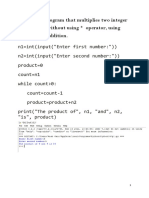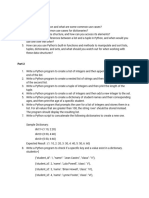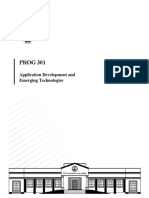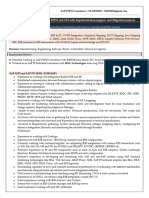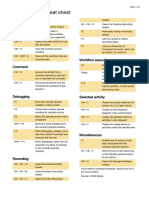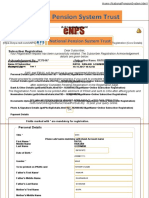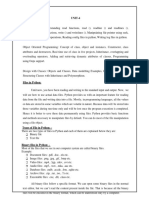0% found this document useful (0 votes)
30 views44 pagesPython Manual
The document outlines a Python Programming Laboratory course for B.Tech. students, detailing course objectives, outcomes, and a series of lab experiments over five weeks. Students will learn to install Python, utilize control structures, and handle data types such as lists and dictionaries, while completing practical exercises. The curriculum includes programming tasks like calculating compound interest, generating Fibonacci sequences, and performing matrix operations.
Uploaded by
Ummineni rajasriCopyright
© © All Rights Reserved
We take content rights seriously. If you suspect this is your content, claim it here.
Available Formats
Download as DOC, PDF, TXT or read online on Scribd
0% found this document useful (0 votes)
30 views44 pagesPython Manual
The document outlines a Python Programming Laboratory course for B.Tech. students, detailing course objectives, outcomes, and a series of lab experiments over five weeks. Students will learn to install Python, utilize control structures, and handle data types such as lists and dictionaries, while completing practical exercises. The curriculum includes programming tasks like calculating compound interest, generating Fibonacci sequences, and performing matrix operations.
Uploaded by
Ummineni rajasriCopyright
© © All Rights Reserved
We take content rights seriously. If you suspect this is your content, claim it here.
Available Formats
Download as DOC, PDF, TXT or read online on Scribd
/ 44



















